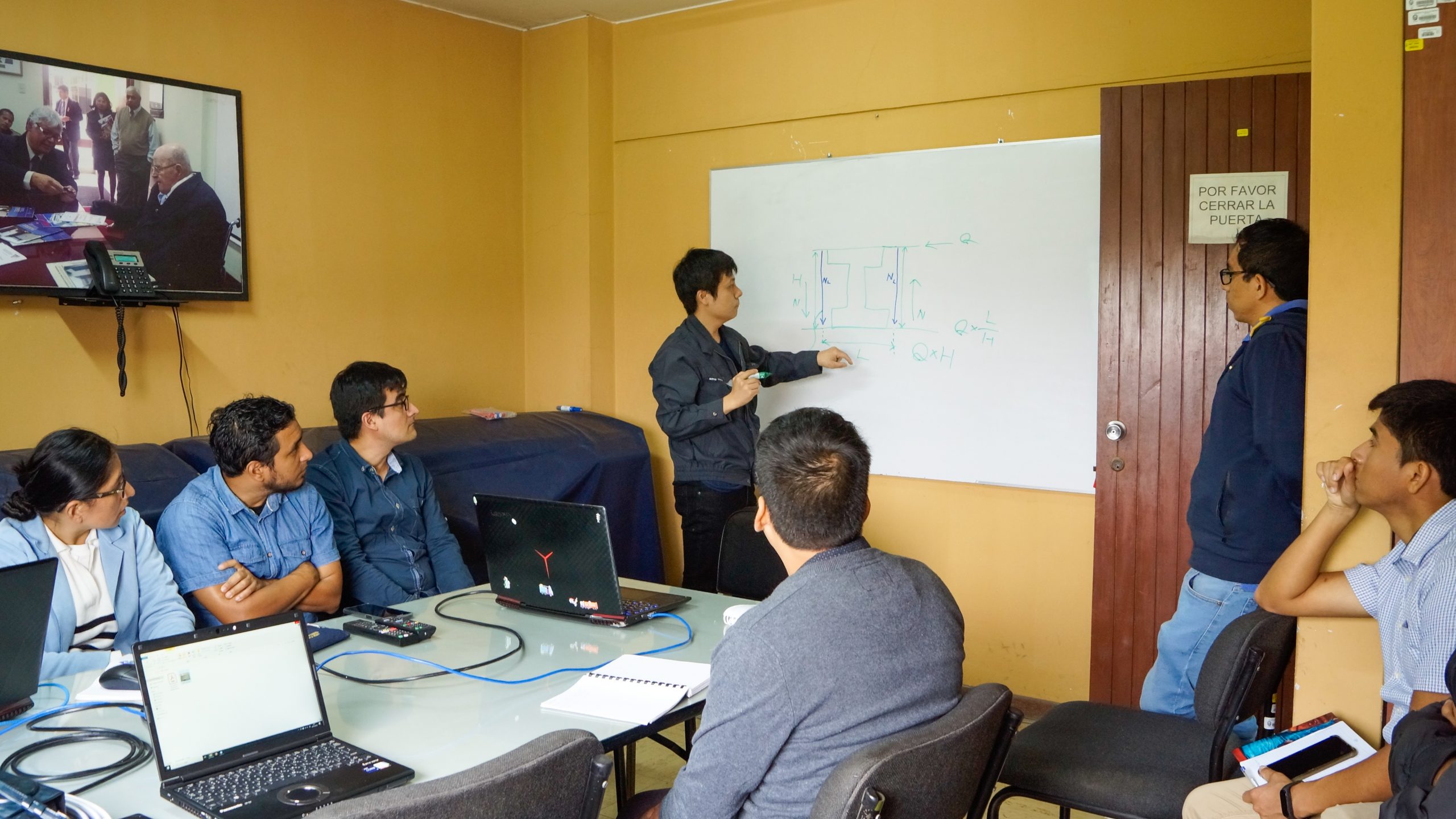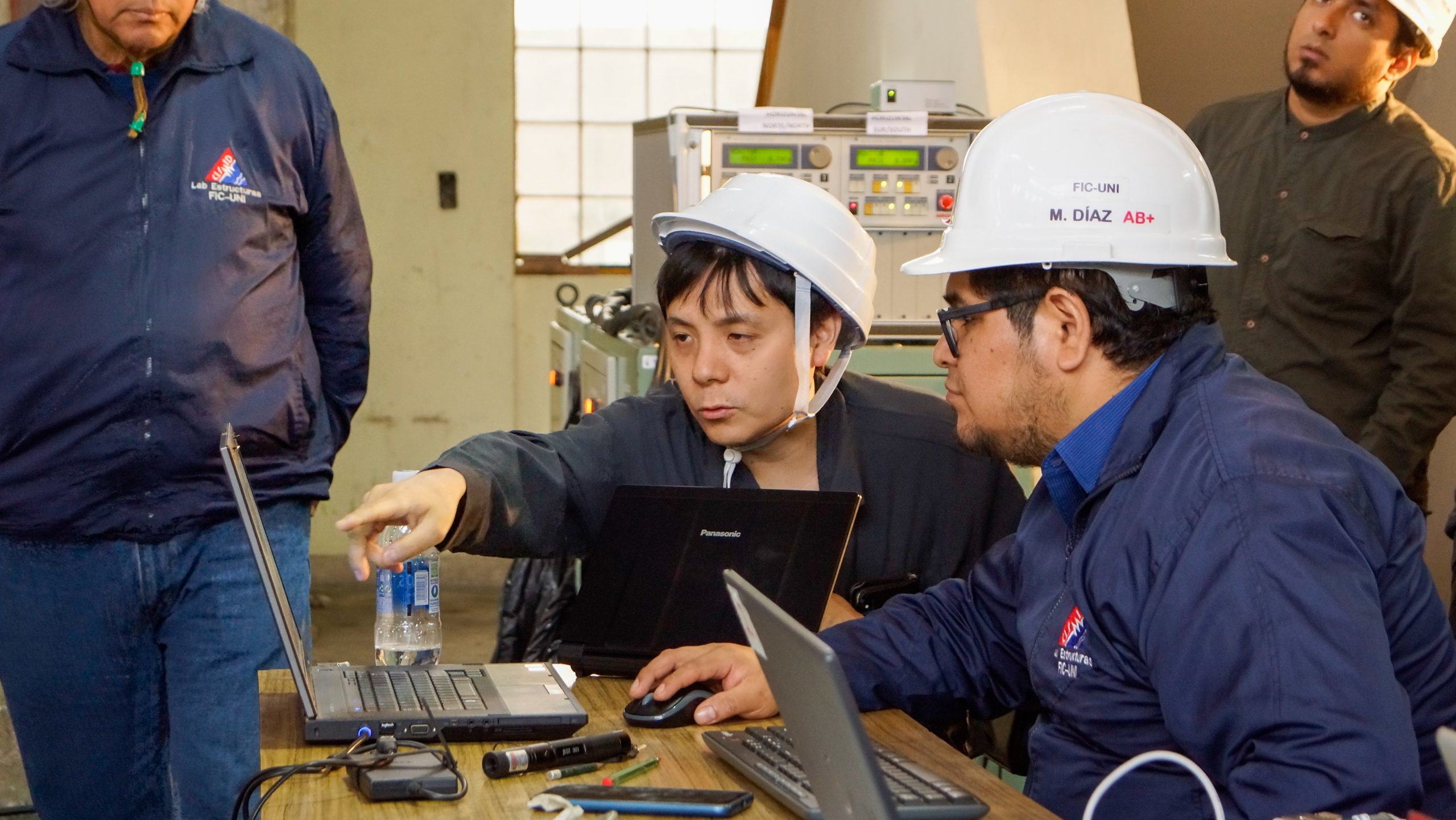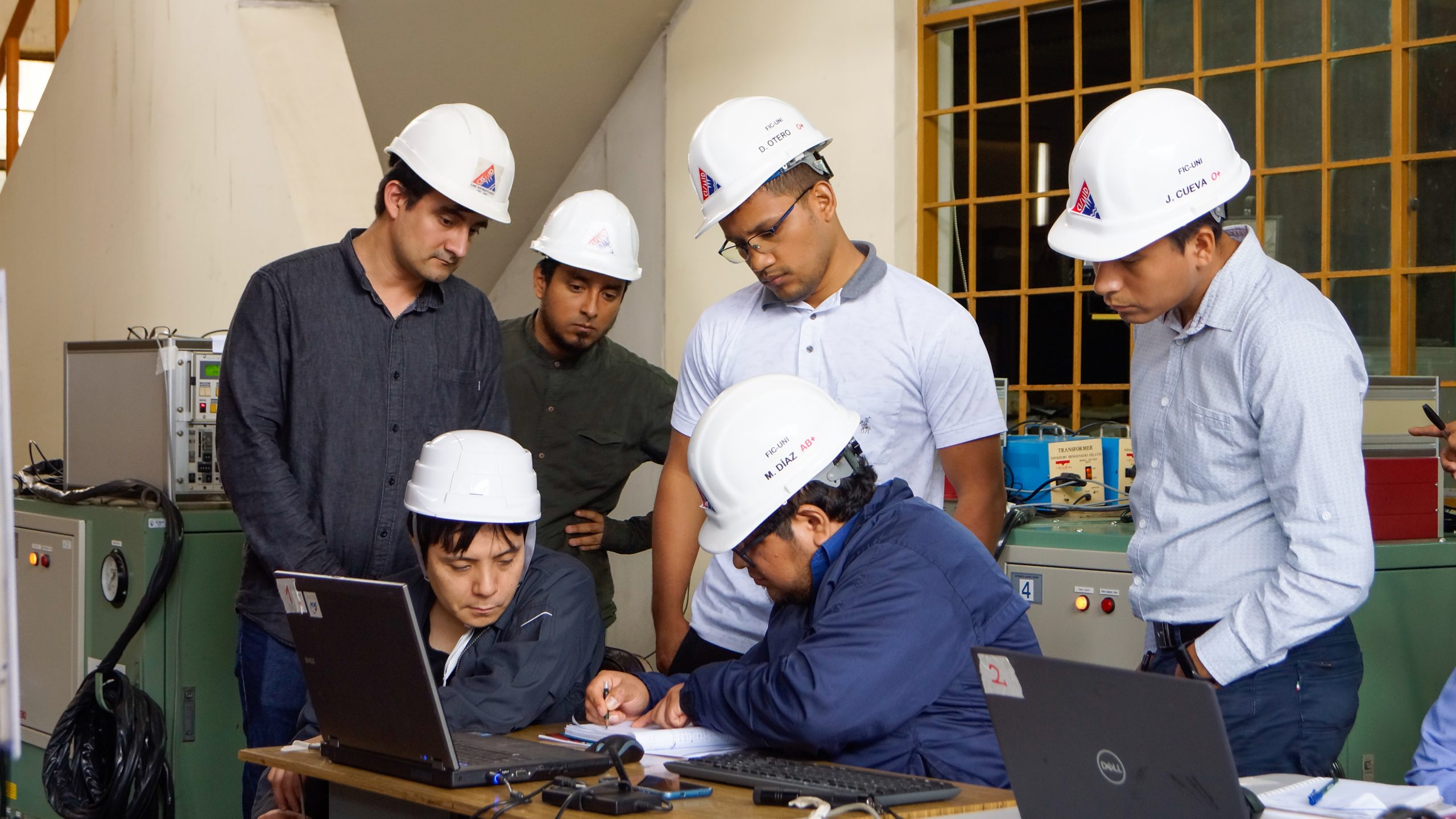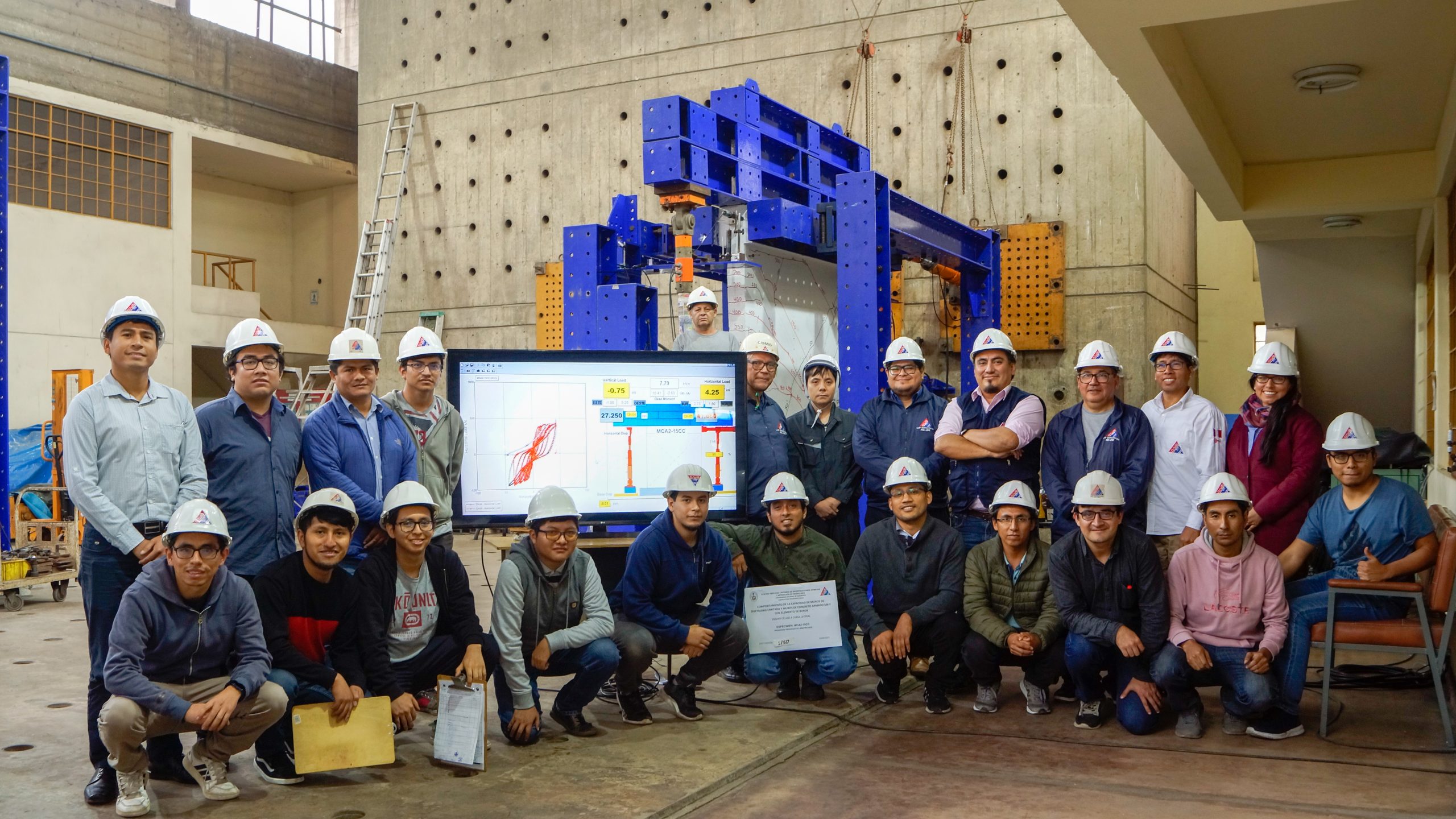
Researchers from the Peruvian-Japanese Center for Seismic Research and Disaster Mitigation (CISMID) of the National University of Engineering, carried out the first test in Peru that reproduces the forces equivalent to those of an earthquake on the walls of medium-height buildings.
The test carried out will allow knowing how thin concrete walls (walls of limited ductility), of buildings over six stories high, would behave during an earthquake; since the absence of confinement at their corners limits their deformation capacity, an essential characteristic to avoid damage and collapse of the structures. For civil engineering, the test will improve knowledge of the bending and shear behavior of wall systems with limited ductility.
New equipment donated by Japan
The test was carried out at full scale, with equipment that controls three static loads independently and automatically: one horizontal load and two vertical loads. To introduce the additional moment occurring at the base of a medium-height wall, due to lateral loads produced in an earthquake, the two vertical loads are of different magnitude and vary during the whole testing process (variable axial load). A RIKEN load control and a dynamic deformation meter were used, which were donated by JICA and the Japanese Government, thanks to the SATREPS 2021-2026 project “Development of an Integrated Expert System for the Estimation and Observation of the Damage Level in the Infrastructure of the Metropolitan Area of Lima”, developed in cooperation between the National University of Engineering, through CISMID, and the University of Tokyo.
Dr. Yusuke Maida, from the G2A group, visited the Structures Laboratory of CISMID to test and teach the correct operation of the new equipment.
The results of the research carried out with this new equipment will contribute to improving the Peruvian regulations, since the current normative is based on tests for low-rise buildings, only performing horizontal loads and disregarding the additional effect of moment.
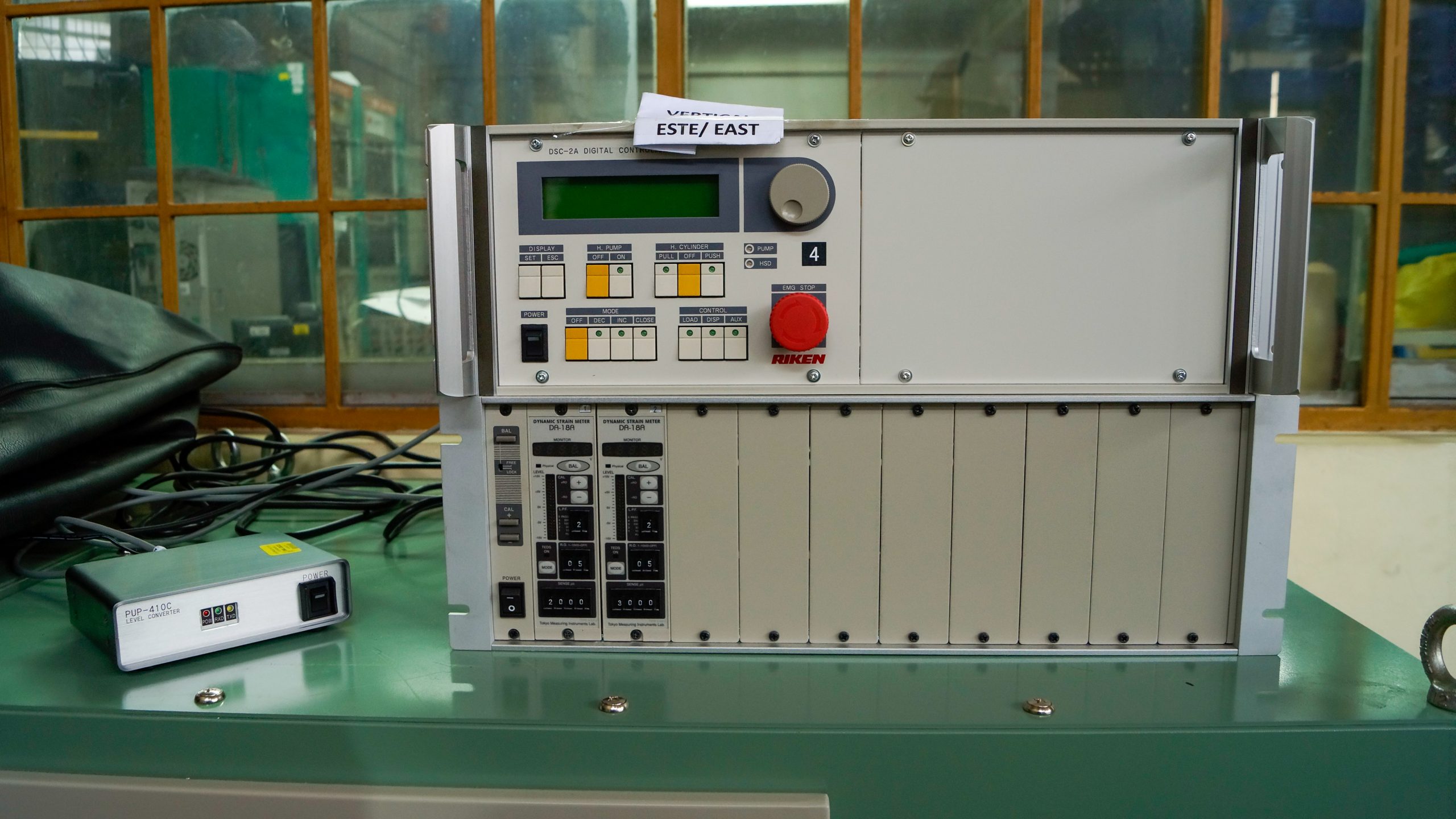
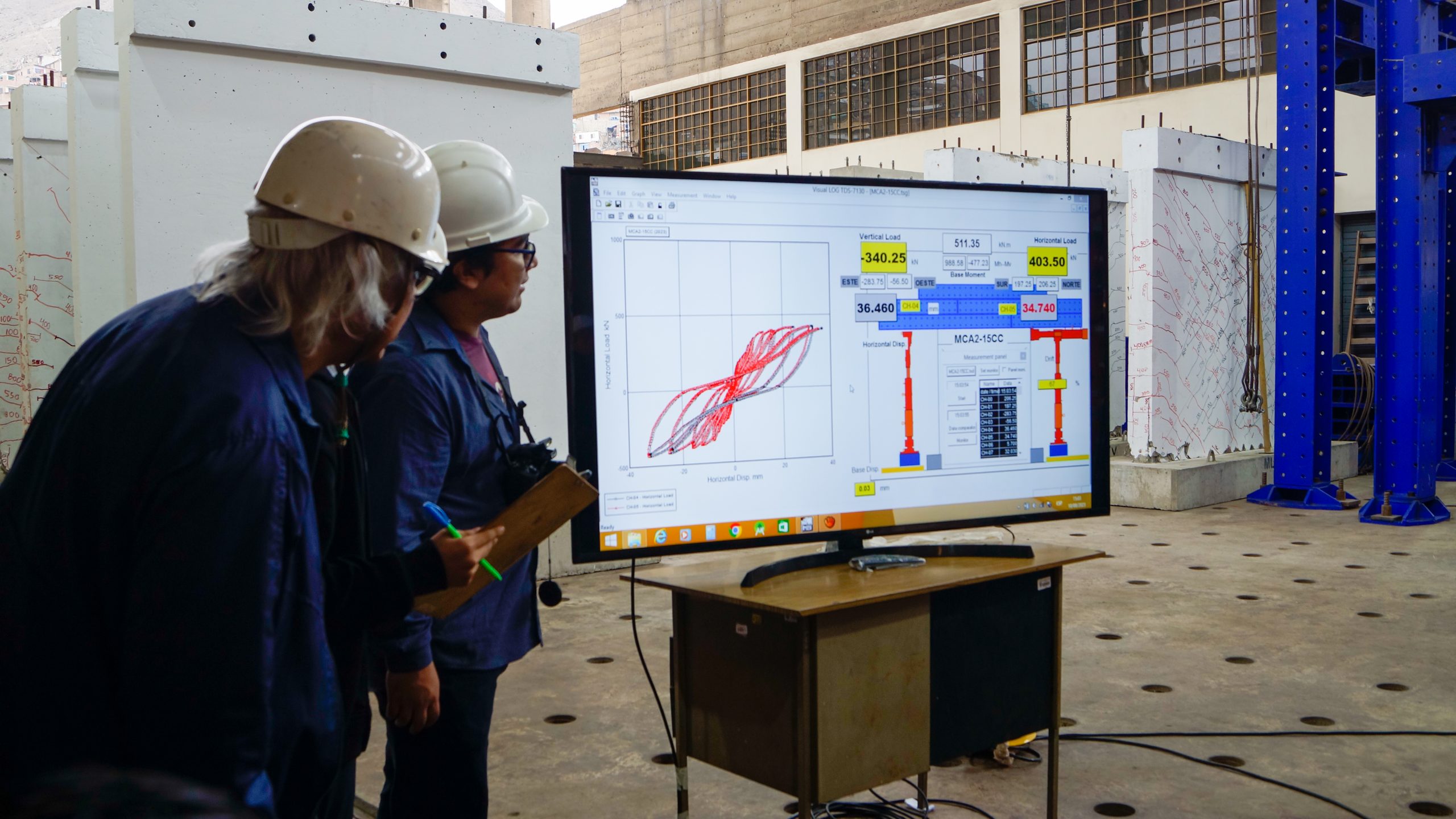
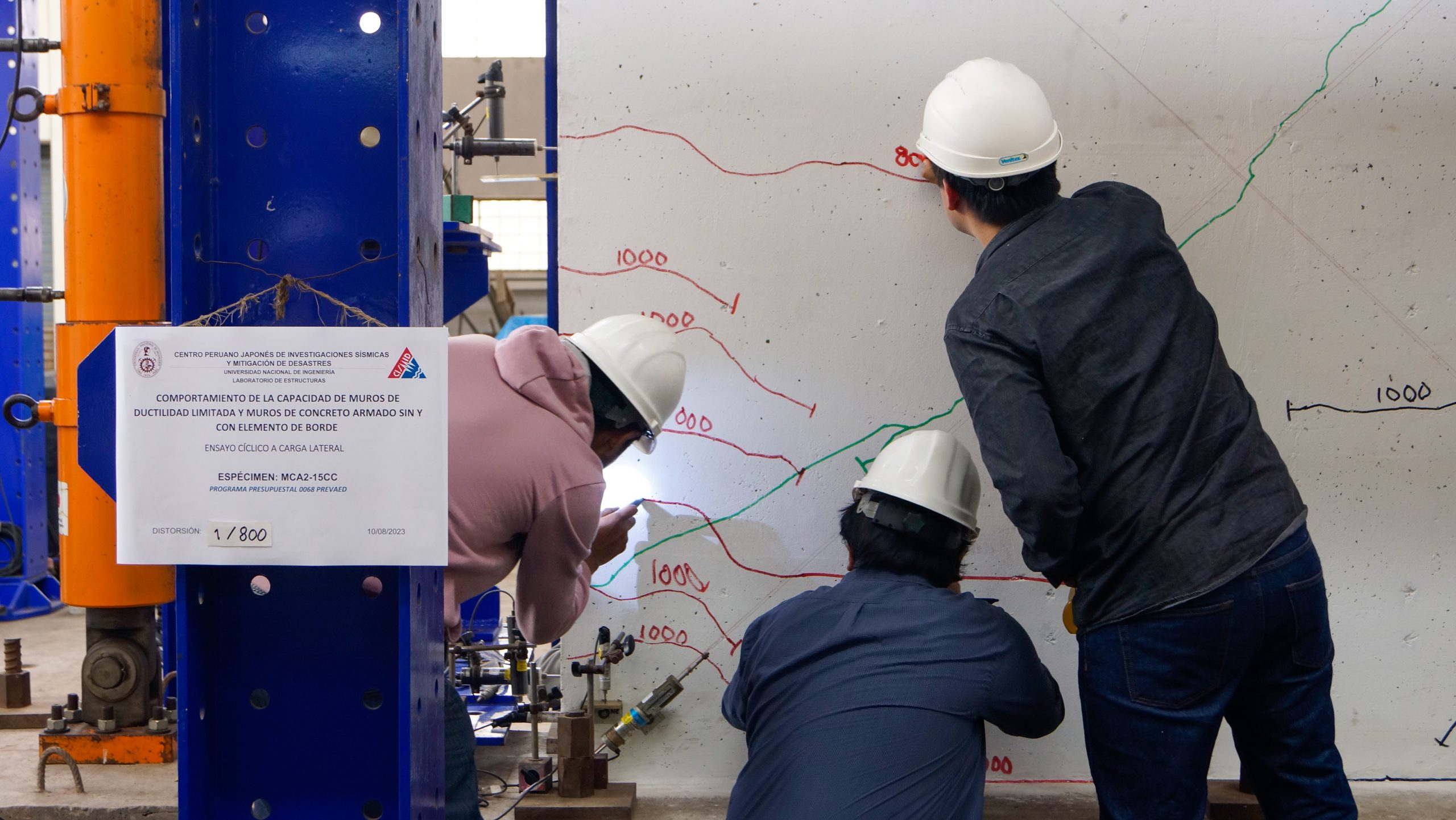
Limitations of the current standard
Currently, Technical Standard E030-2018 “Seismic Resistant Design”, of the National Building Regulations, endorses the construction of buildings with thin concrete walls up to eight stories. However, between 1997-2013, a gap in the Peruvian regulations for the design of this type of reinforced concrete walls caused the real estate sector to construct buildings over eight stories with thin concrete walls, due to their low cost compared to the conventional design of the time, which maintained a greater thickness.
Subsequently, although experimental tests were carried out to determine the behavior of walls with limited ductility in earthquakes, these would only be applicable to walls of low-rise buildings, since only the effect of horizontal loads was considered, due to the limitations of equipment in Peru.
This test, which allows us to know how buildings constructed with thin walls of more than eight stories would behave in an earthquake, will be useful not only to improve the design of new buildings and evaluate the vulnerability of existing ones, but also to propose reinforcement systems that improve their behavior in earthquakes.
